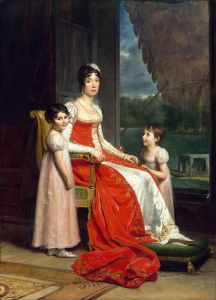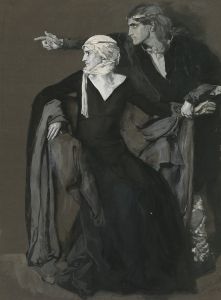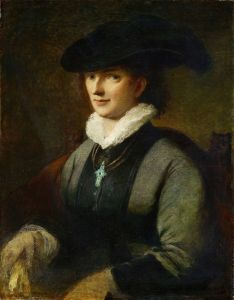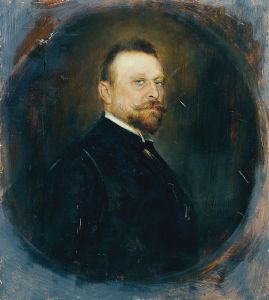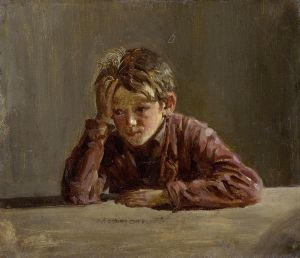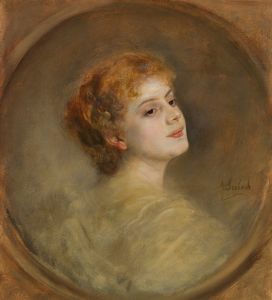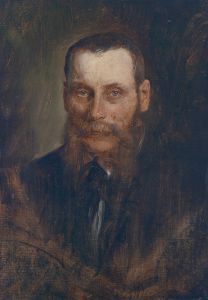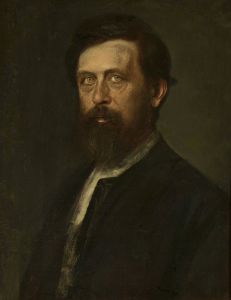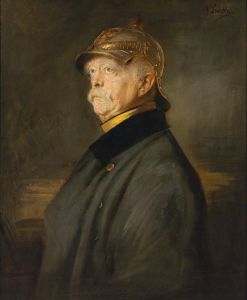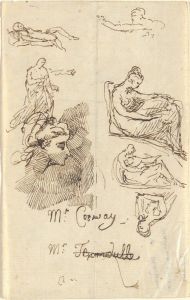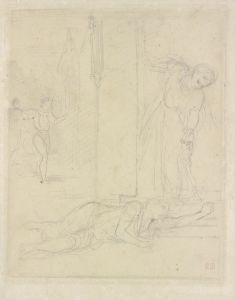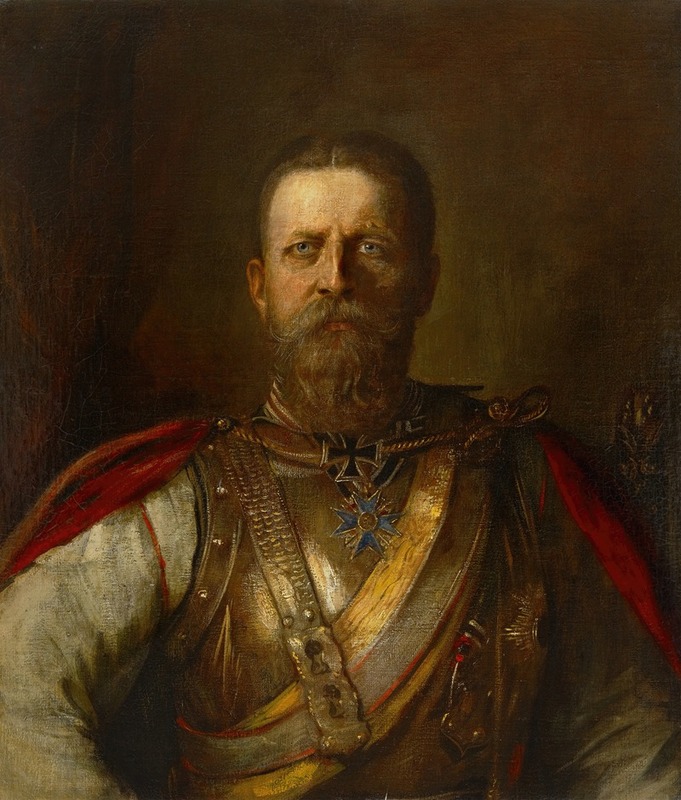
Crown Prince Frederick William, later Frederick III, German Emperor and King of Prussia
A hand-painted replica of Franz von Lenbach’s masterpiece Crown Prince Frederick William, later Frederick III, German Emperor and King of Prussia, meticulously crafted by professional artists to capture the true essence of the original. Each piece is created with museum-quality canvas and rare mineral pigments, carefully painted by experienced artists with delicate brushstrokes and rich, layered colors to perfectly recreate the texture of the original artwork. Unlike machine-printed reproductions, this hand-painted version brings the painting to life, infused with the artist’s emotions and skill in every stroke. Whether for personal collection or home decoration, it instantly elevates the artistic atmosphere of any space.
Franz von Lenbach, a renowned German painter of the 19th century, is celebrated for his portraits of prominent figures of his time. Among his notable works is the portrait of Crown Prince Frederick William, who later became Frederick III, German Emperor and King of Prussia. This painting captures a significant historical figure during a transformative period in German history.
Crown Prince Frederick William was born on October 18, 1831, in the New Palace of Potsdam, Prussia. He was the eldest son of Emperor Wilhelm I and Princess Augusta of Saxe-Weimar-Eisenach. Frederick William was a member of the House of Hohenzollern, a dynasty that played a crucial role in the unification of Germany and the establishment of the German Empire.
Franz von Lenbach, born on December 13, 1836, in Schrobenhausen, Bavaria, was a prominent portraitist known for his ability to capture the character and essence of his subjects. Lenbach studied at the Academy of Fine Arts in Munich and later traveled to Italy, where he was influenced by the works of the Old Masters. His reputation grew as he painted portraits of influential figures, including Otto von Bismarck and Pope Leo XIII.
The portrait of Crown Prince Frederick William by Lenbach is a testament to the artist's skill in portraying the nobility and stature of his subjects. Although the exact date of this painting is not specified, it is likely to have been created during the period when Frederick William was Crown Prince, before he ascended to the throne as Frederick III in 1888.
Frederick William was known for his liberal views and his desire for reform within the German Empire. He married Victoria, Princess Royal of the United Kingdom, the eldest daughter of Queen Victoria and Prince Albert, in 1858. This marriage strengthened the ties between the British and German royal families. Together, they had eight children, including Wilhelm II, who would later become the last German Emperor.
Frederick III's reign as Emperor was tragically short. He ascended to the throne on March 9, 1888, following the death of his father, Emperor Wilhelm I. However, Frederick III was already suffering from terminal throat cancer at the time of his accession. His reign lasted only 99 days, as he passed away on June 15, 1888. Despite his brief rule, Frederick III is remembered for his progressive ideals and his vision for a more liberal and constitutional Germany.
The portrait by Lenbach serves as a visual reminder of Frederick William's significance in German history. Lenbach's ability to convey the dignity and poise of the Crown Prince is evident in the painting, reflecting both the artist's talent and the subject's prominence. This work remains an important piece in the study of 19th-century European portraiture and the historical narrative of the German Empire.





